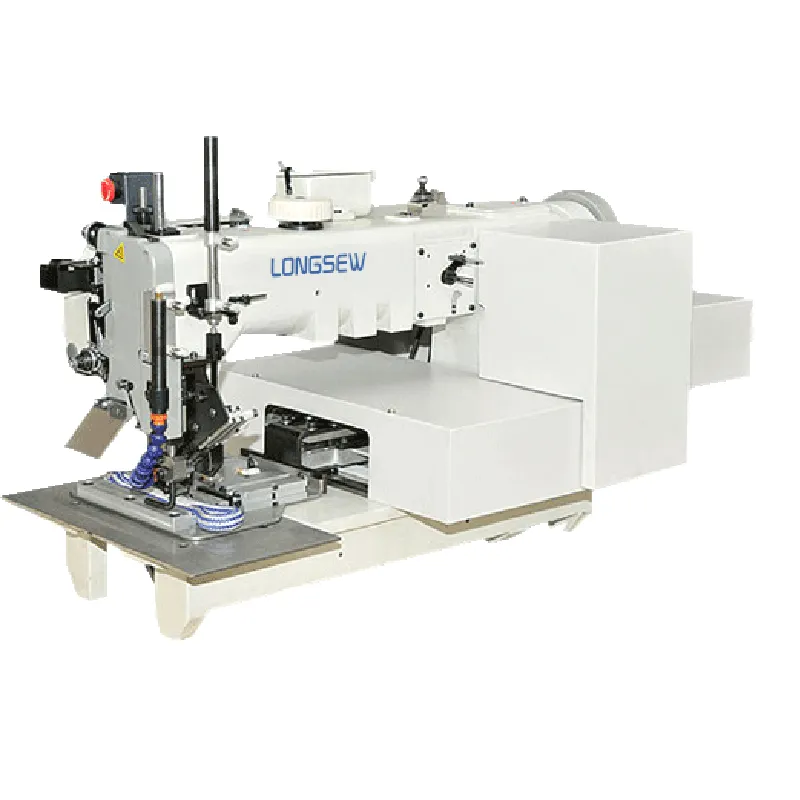industrial sewing machine straight stitch and zig zag
Understanding Industrial Sewing Machines Straight Stitch vs. Zigzag
Industrial sewing machines are essential tools in the textile and garment manufacturing industry. They are designed to handle heavy workloads, offering speed and efficiency for various sewing tasks. Among the different types of stitches they can produce, straight stitch and zigzag stitch are two of the most commonly used. Each stitch type serves unique purposes and is suitable for specific applications.
Straight Stitch
The straight stitch is the most fundamental stitch in sewing. It consists of a series of neat, parallel lines created by the sewing machine's needle moving straight up and down through the fabric. This stitch is widely used for assembling garments, making seams, and performing basic construction tasks. Its strength and durability make it the preferred choice for many industrial applications, especially when working with woven fabrics.
One of the primary advantages of the straight stitch is its simplicity. It provides a clean finish and is relatively easy to execute. Its straightforward nature allows for faster sewing speeds, which is crucial in an industrial environment where time is of the essence. Straight stitches can also be adjusted in terms of length, allowing manufacturers to customize stitches based on fabric thickness and project requirements.
industrial sewing machine straight stitch and zig zag

Zigzag Stitch
In contrast, the zigzag stitch offers greater versatility. This stitch creates a zigzag pattern as the needle moves side to side, making it ideal for various applications. The zigzag stitch is particularly useful for sewing stretch fabrics, as it allows the fabric to retain its elasticity. This is essential in the production of garments like activewear and swimwear, where movement and flexibility are paramount.
Moreover, the zigzag stitch is excellent for finishing raw edges. It helps prevent fraying and unraveling, providing a more polished look to the garment. When used for appliqué or decorative stitching, the zigzag stitch can enhance the visual appeal of a finished piece, adding texture and depth.
Conclusion
In summary, both straight stitch and zigzag stitch play crucial roles in the functionality of industrial sewing machines. While straight stitches are favored for their strength and simplicity, zigzag stitches offer flexibility and decorative options. Understanding the differences between these stitches enables manufacturers to select the appropriate techniques for their production needs, ultimately enhancing the quality and durability of their products. As the textile industry continues to evolve, mastering these fundamental stitches remains essential for tailoring garments that meet contemporary market demands.
-
Leather Sewing Machine: The Industrial Standard for Tough MaterialsNewsJul.18,2025
-
Sail Making Machine: Heavy-Duty Stitching for Industrial and Marine NeedsNewsJul.18,2025
-
Sling Sewing Machine: The Backbone of Heavy-Duty FabricationNewsJul.18,2025
-
Leather Sewing Machine: Precision for Heavy-Duty StitchingNewsJul.18,2025
-
Big Bag Sewing Machine: Powering the Future of Bulk PackagingNewsJul.18,2025
-
FIBC Sewing Machine: Essential Equipment for Bulk Bag ProductionNewsJul.18,2025
-
Heavy Duty Leather Sewing Machine: A Must-Have for Professional LeatherworkNewsMay.28,2025





























